Home>Home Maintenance>How To Get Mice Out Of Your Car’s Ventilation System
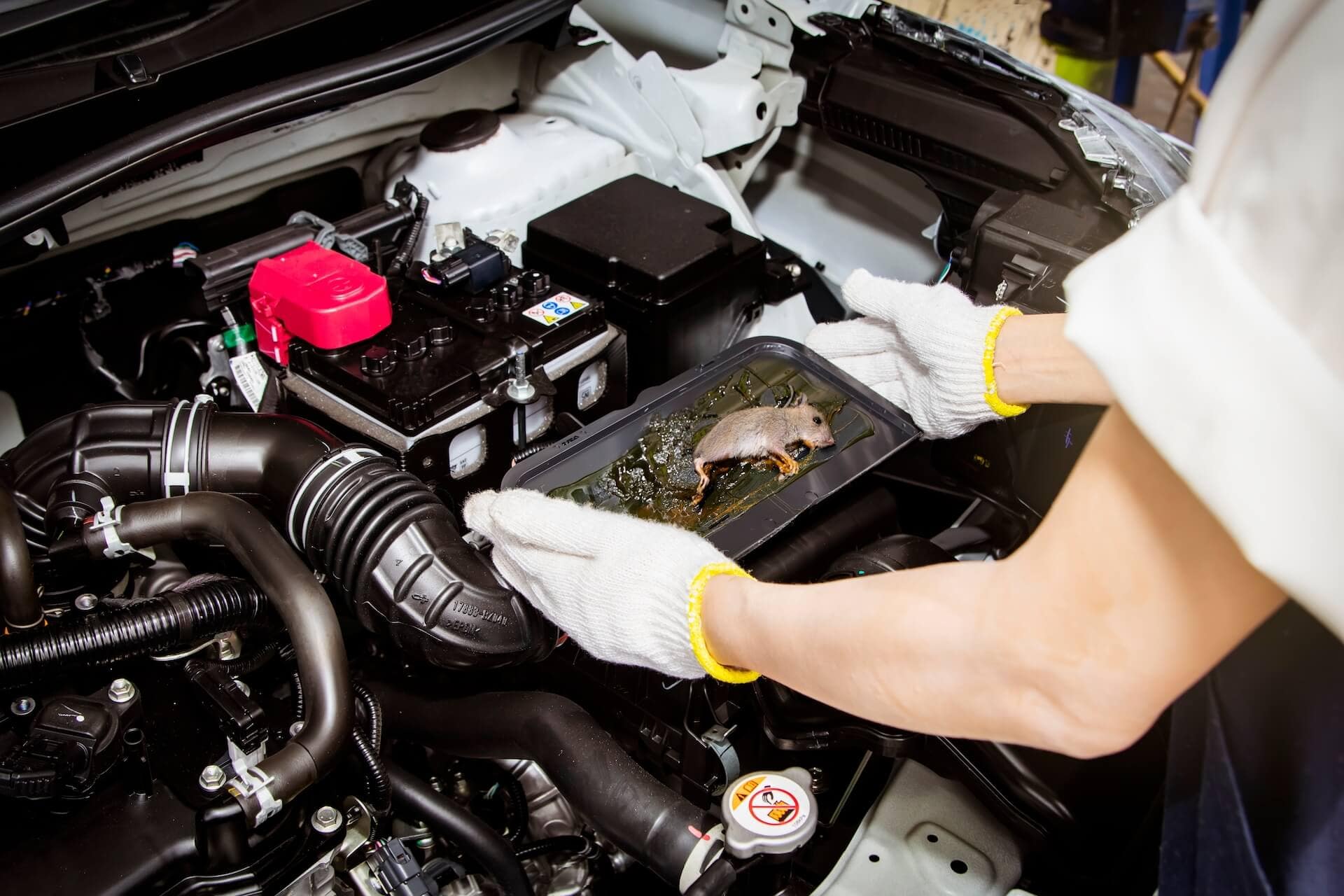

Home Maintenance
How To Get Mice Out Of Your Car’s Ventilation System
Modified: May 6, 2024
Learn effective home maintenance tips for getting rid of mice in your car's ventilation system and ensure a clean and pest-free ride.
(Many of the links in this article redirect to a specific reviewed product. Your purchase of these products through affiliate links helps to generate commission for Storables.com, at no extra cost. Learn more)
Introduction
Welcome to the ultimate guide on how to get mice out of your car’s ventilation system. Discovering that you have a mouse infestation in your car can be quite distressing. Not only can these furry creatures cause damage to your vehicle, but they also create a potential health hazard. Mice are attracted to the warmth and shelter that the ventilation system provides, making it an ideal nesting spot for them.
In this comprehensive article, we will explore the signs that indicate mice have taken up residence in your car’s ventilation system. We will also discuss why mice are attracted to cars and the potential risks they pose. Most importantly, we will guide you through a step-by-step process to effectively remove mice from your car’s ventilation system and prevent future infestations.
So, whether you have noticed the distinct smell of droppings, heard scratching noises, or simply suspect that mice have made their way into your car, keep reading to learn how to deal with this pesky problem.
Key Takeaways:
- Keep your car clean and food-free to prevent mice infestations. Regularly inspect and seal off entry points to keep your car’s ventilation system rodent-free.
- If you suspect mice in your car, remove them promptly and disinfect the ventilation system. Implement preventive measures to avoid future infestations.
Read more: How To Get Mice Out Of A Mattress
Signs of Mice in Your Car’s Ventilation System
When mice find their way into your car’s ventilation system, they leave behind telltale signs of their presence. Recognizing these signs is crucial in detecting and addressing a potential mouse infestation. Here are the key indicators that mice have taken up residence in your car’s ventilation system:
- Unpleasant Odor: One of the first signs you may notice is a pungent, musty smell emanating from the air vents. This odor is caused by mouse droppings, urine, and the scent glands they leave behind.
- Noises: Mice are active creatures, especially at night. If you hear scratching, scampering, or squeaking sounds coming from the vents, it’s likely that mice have made a cozy home in your car.
- Droppings: Mouse droppings are small, dark, and pellet-shaped. If you spot these in your car, particularly near the vents or on the floor mats, it’s a clear sign that mice have been roaming around.
- Nesting Materials: Mice build nests using various materials, such as shredded paper, fabrics, or insulation. If you find these materials in the ventilation system or see signs of chewed wires or other vehicle components, it’s a strong indication of a mice infestation.
- Chewed Food Packaging: Mice will raid your car pantry, seeking out snacks or any stored food items. If you find chewed food packaging in your vehicle, it’s a sure sign that mice have been actively foraging within the car.
Keep in mind that mice are resilient and resourceful creatures. If you notice any of these signs in your car’s ventilation system, it’s essential to take immediate action to prevent further damage and potential health risks.
Why Mice are Attracted to Your Car
Mice are naturally drawn to cars for a variety of reasons. Understanding why they find vehicles so appealing can help you take the necessary steps to minimize their attraction and prevent future infestations.
Here are the main reasons why mice are attracted to your car:
- Warmth: Your car’s engine and exhaust system generate heat, providing an ideal warm environment that mice seek out, especially during colder months.
- Shelter: The inner workings of a vehicle offer mice small, protected spaces to build their nests. Your car’s ventilation system provides a cozy, hidden spot that is difficult for humans to access.
- Food Sources: Mice are opportunistic feeders. They are attracted to the food remnants that may have accumulated in your car, such as crumbs, spilled beverages, or even stored snacks. Additionally, if you transport pet food or keep emergency food supplies in your vehicle, mice will be enticed by these potential food sources.
- Water Sources: Mice need water to survive, and your car could provide a convenient water source, especially if there are any leaks or condensation within the vehicle.
- Easy Access: Cars have small openings, gaps, or damaged weather stripping that mice can squeeze through to gain entry to the interior. Once inside, they can easily find their way into the ventilation system.
It’s important to note that even if you park your car in a garage or driveway, mice can still find a way to access it. Understanding the reasons behind their attraction to your vehicle can help you implement preventive measures effectively.
Risks of Mice in Your Car’s Ventilation System
Mice in your car’s ventilation system pose significant risks, both to your vehicle and your health. It’s crucial to address a mouse infestation promptly to minimize these potential hazards. Here are the main risks associated with allowing mice to remain in your car’s ventilation system:
- Damage to the Vehicle: Mice are known to gnaw on various materials, including electrical wiring, rubber hoses, and insulation. This can lead to extensive damage, resulting in costly repairs and potential malfunctions.
- Decreased Airflow and Efficiency: Mice can build nests and accumulate debris within the ventilation system, obstructing airflow and reducing the efficiency of your car’s heating, ventilation, and air conditioning (HVAC) system.
- Unpleasant and Unsafe Air Quality: A ventilation system contaminated by mouse droppings, urine, and nesting materials can compromise the air quality inside your car. Inhaling these contaminants can cause respiratory issues, allergies, or infections.
- Fire Hazard: Mice, in their quest for nesting materials, may chew on electrical wiring, increasing the risk of short circuits and potential fires.
- Spread of Disease: Mice are carriers of various diseases, including hantavirus, salmonellosis, and leptospirosis. If you come into contact with their droppings or urine, you run the risk of contracting these harmful infections.
- Persistent Infestation: If not dealt with effectively, a mouse infestation in your car can persist, with mice continuously breeding and causing further damage. They may also attract other pests, such as insects or larger rodents.
Given these risks, it’s crucial to take action as soon as you suspect or confirm a mouse infestation in your car’s ventilation system. By doing so, you can protect both your vehicle and your health.
Step 1: Identifying the Entry Points
The first step in getting mice out of your car’s ventilation system is to identify the entry points that allowed them to gain access in the first place. Mice can squeeze through small gaps and openings, so it’s important to thoroughly inspect your vehicle to locate these entry points.
Here are some key areas to check when identifying potential entry points:
- Exterior Openings: Inspect the exterior of your car, paying close attention to areas where different vehicle components meet, such as doors, windows, fenders, and the hood. Look for any gaps, cracks, or damage that may serve as entry points for mice.
- Undercarriage: Check the undercarriage of your vehicle for any openings or gaps. Mice can easily find their way into the cabin through these areas.
- Weather Stripping: Damaged or worn-out weather stripping around doors, windows, or the trunk provides easy access for mice. Carefully examine these areas and replace any weather stripping that is compromised.
- Air Intakes: Most cars have air intake vents located near the windshield or on the hood. Check these areas for any signs of chewed materials or openings that mice may have used to enter the ventilation system.
- Other Vulnerable Areas: Mice can also enter through gaps around the windshield wipers, damaged rubber grommets in the firewall, or any other weak points in your car’s structure.
It may be helpful to use a flashlight and a small mirror to get a better view of hard-to-reach areas. Take your time and conduct a thorough inspection to ensure that you locate all potential entry points where mice may have entered your car.
Once you have identified these entry points, you can proceed to the next step of sealing them off to prevent future infestations.
Place cotton balls soaked in peppermint oil in your car’s ventilation system to repel mice. The strong scent will deter them from nesting in your car.
Read more: How To Get Mice Out Of Crawl Space
Step 2: Sealing Off Entry Points
After identifying the entry points that mice have used to access your car’s ventilation system, it’s essential to seal them off to prevent future infestations. By eliminating their entry points, you create a barrier that keeps mice out of your vehicle.
Here’s what you need to do:
- Clean and Clear: Before sealing off the entry points, thoroughly clean your car’s interior to remove any traces of food, crumbs, or nesting materials that may attract mice. Vacuum the seats, flooring, and any other areas where mice may have left behind droppings or debris.
- Inspect and Repair: Carefully examine each identified entry point and assess the extent of the damage or gap. Use a sealant appropriate for the material to seal off any openings. For small gaps, cracks, or holes, you can use a sealant like silicone-based caulk. For larger openings or damaged areas, you may need to consult a professional for repairs.
- Address Weather Stripping: Replace any worn-out or damaged weather stripping around doors, windows, or the trunk. Ensure a tight seal to prevent mice from squeezing through gaps.
- Install Wire Mesh: For areas that may be prone to damage or vulnerable to mice, such as air intakes or vents, consider installing wire mesh or screening to provide an additional barrier. This allows for proper airflow while keeping mice out.
- Use Deterrents: Consider using natural or commercial mouse deterrents around the perimeter of your vehicle or in areas prone to entry. Peppermint oil, ammonia-soaked rags, or ultrasonic repellents can help discourage mice from approaching your car.
By sealing off the entry points, you significantly reduce the chances of mice infesting your car’s ventilation system in the future. Remember to regularly inspect your vehicle for any new openings and promptly address them to maintain a mouse-free environment.
Step 3: Removing Mice and Nesting Materials
Once you have sealed off the entry points, it’s time to remove the mice and nesting materials from your car’s ventilation system. This step is crucial in eliminating the current infestation and preventing further damage.
Follow these steps to effectively remove mice and their nesting materials:
- Ensure Safety: Put on protective gloves and a mask to minimize the risk of coming into direct contact with mouse droppings or urine, which can carry harmful bacteria.
- Detach and Remove Vent Covers: Carefully remove the vent covers to gain access to the ventilation system. Refer to your vehicle’s owner’s manual or consult a professional if you are unsure how to remove the covers properly.
- Vacuum and Sanitize: Use a vacuum cleaner with a narrow nozzle attachment to carefully remove any visible nesting materials, droppings, or debris from the ventilation system. Pay close attention to all areas and corners where mice may have built their nests.
- Disinfect the Ventilation System: After vacuuming, sanitize the ventilation system by using an appropriate disinfectant spray or solution. Be sure to follow the instructions on the product label and thoroughly coat the interior of the ventilation system to eliminate any remaining bacteria or odors.
- Monitor for Mice: After cleaning and disinfecting the ventilation system, set up mouse traps or use other preventive measures near your car to monitor for any remaining mice. This will help you identify and address any ongoing infestation.
It’s important to dispose of any captured mice and nesting materials safely. Use sealed plastic bags to contain them and dispose of them in outdoor garbage bins.
Remember, if you are uncomfortable or unsure about removing mice from your car’s ventilation system, it’s best to seek professional assistance to ensure proper handling and effective elimination of the infestation.
Step 4: Cleaning and Disinfecting the Ventilation System
After removing the mice and nesting materials from your car’s ventilation system, it is crucial to thoroughly clean and disinfect it to eliminate any lingering bacteria, odors, or allergens. Cleaning and disinfecting the ventilation system will help ensure that the air circulating in your car is fresh and safe to breathe.
Follow these steps to effectively clean and disinfect your car’s ventilation system:
- Begin with Exterior Cleaning: Start by cleaning the exterior of the ventilation system. Use a soft brush or cloth to gently remove any visible debris, dust, or cobwebs around the vents and air ducts.
- Interior Cleaning: Use a vacuum cleaner equipped with a narrow nozzle attachment to clean the interior of the ventilation system. Vacuum all accessible areas, including the vents, air ducts, and any connecting tubes or channels. Pay close attention to corners and crevices where debris or nesting materials may have accumulated.
- Disinfecting: After cleaning, it is important to disinfect the ventilation system to eliminate any remaining bacteria or odors. You can use a disinfectant spray or a solution of water and mild detergent. Be sure to follow the product instructions or consult a professional for guidance on the appropriate disinfectant to use.
- Apply the Disinfectant: Spray or apply the disinfectant to the interior of the ventilation system, ensuring the solution reaches all areas. Use a brush or a cloth to gently scrub the surfaces, removing any stubborn stains or residue.
- Drying: Allow the ventilation system to air dry completely before reattaching the vent covers. This will help prevent the growth of mold or mildew.
It is important to note that certain areas of the ventilation system may be difficult to access or clean thoroughly on your own. If you have any concerns or are unsure about the cleaning process, it is recommended to seek professional assistance to ensure a thorough and effective cleaning of your car’s ventilation system.
By cleaning and disinfecting the ventilation system, you not only eliminate any potential health risks but also ensure that you and your passengers can enjoy fresh, clean air while driving.
Step 5: Preventing Future Infestations
After successfully removing the mice from your car’s ventilation system and cleaning it, it’s important to take preventive measures to avoid future infestations. By implementing these measures, you can minimize the chances of mice returning to your vehicle. Here are some steps to prevent future infestations:
- Maintain Cleanliness: Keep your car clean and free from food debris to discourage mice from being attracted to it. Regularly vacuum the interior and remove any trash or food remnants.
- Store Food Properly: Avoid storing food items, snacks, or pet food in your car. If necessary, place them in sealed containers or bags to minimize the scent that can attract mice.
- Remove Clutter: Keep the interior of your car clutter-free, as mice may seek out hidden spaces created by piles of papers, bags, or other objects.
- Secure Garbage Bins: If you park your car near garbage bins or in an area where mice are present, make sure the bins are securely sealed to prevent mice from being attracted to the vicinity of your car.
- Trim Vegetation: Trim any vegetation or bushes near your parking area to reduce potential hiding places for mice.
- Check for Damage Regularly: Inspect your car periodically for any new openings or damage that mice could use to enter. Seal off any gaps or cracks promptly.
- Use Deterrents: Consider using natural or commercial mouse deterrents around the perimeter of your parking area or in the immediate vicinity of your car. This can help discourage mice from approaching.
- Park in Well-Lit Areas: When possible, park your car in well-lit areas, as mice tend to prefer dark and secluded environments.
- Regular Maintenance: Stay on top of regular vehicle maintenance to address any potential conditions that may attract mice, such as leaks or malfunctions in the ventilation system.
By following these preventive measures, you can greatly reduce the likelihood of future mouse infestations in your car’s ventilation system, keeping your vehicle clean, safe, and rodent-free.
Read more: How Do Mice Get Into Basement
Conclusion
Dealing with mice in your car’s ventilation system can be challenging, but by following the steps outlined in this guide, you can effectively remove them and prevent future infestations. Remember to identify and seal off entry points, remove mice and nesting materials, clean and disinfect the ventilation system, and take preventive measures to minimize the risk of mice returning.
Mice can cause damage to your vehicle’s wiring, compromise air quality, and pose health risks. By promptly addressing a mouse infestation, you can protect your car and ensure the safety and comfort of yourself and your passengers.
Regular maintenance, cleanliness, and vigilance are key in preventing mice from making their way into your car’s ventilation system. Take the necessary steps to maintain a clean and mouse-proof environment to reduce the chances of future infestations.
If you encounter difficulties or are unsure about tackling a mouse infestation in your car, don’t hesitate to seek professional help. They have the expertise and tools to effectively assess and eliminate the problem.
By implementing the strategies outlined in this guide, you can enjoy a mouse-free and pleasant driving experience. Keep your car protected, maintain cleanliness, and be proactive in preventing future infestations. With these efforts, you can keep those pesky mice away from your car’s ventilation system.
Curious about keeping other parts of your home as spotless and pest-free as your car? Dive into our guide on effective strategies for banishing pantry moths, where pest control experts share invaluable insights. Or, if home systems intrigue you, why not learn about the workings of an HVAC system, which plays a crucial role in maintaining indoor comfort year-round? Both articles promise practical advice and intriguing facts to enhance your living space's safety and efficiency.
Frequently Asked Questions about How To Get Mice Out Of Your Car's Ventilation System
Was this page helpful?
At Storables.com, we guarantee accurate and reliable information. Our content, validated by Expert Board Contributors, is crafted following stringent Editorial Policies. We're committed to providing you with well-researched, expert-backed insights for all your informational needs.
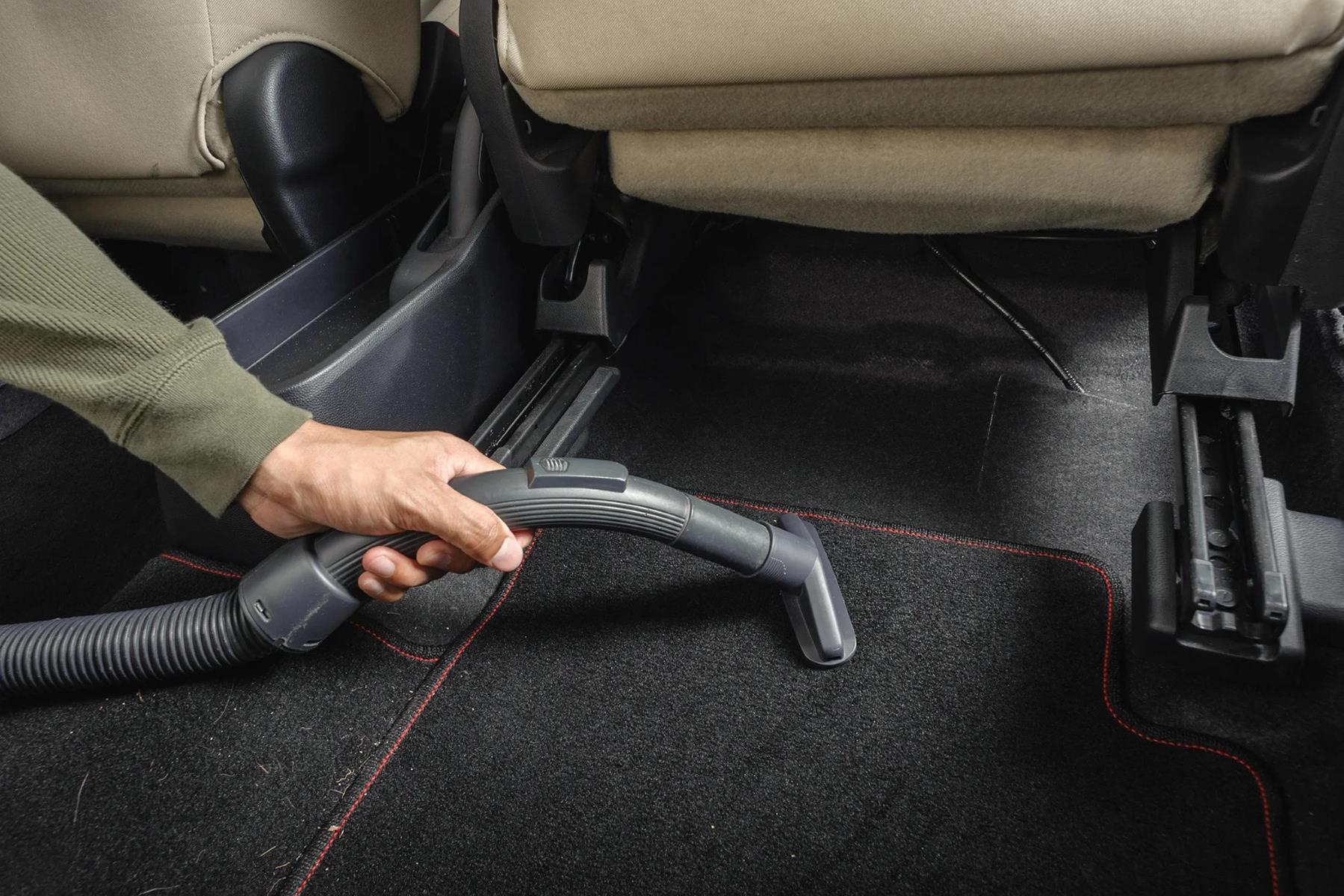
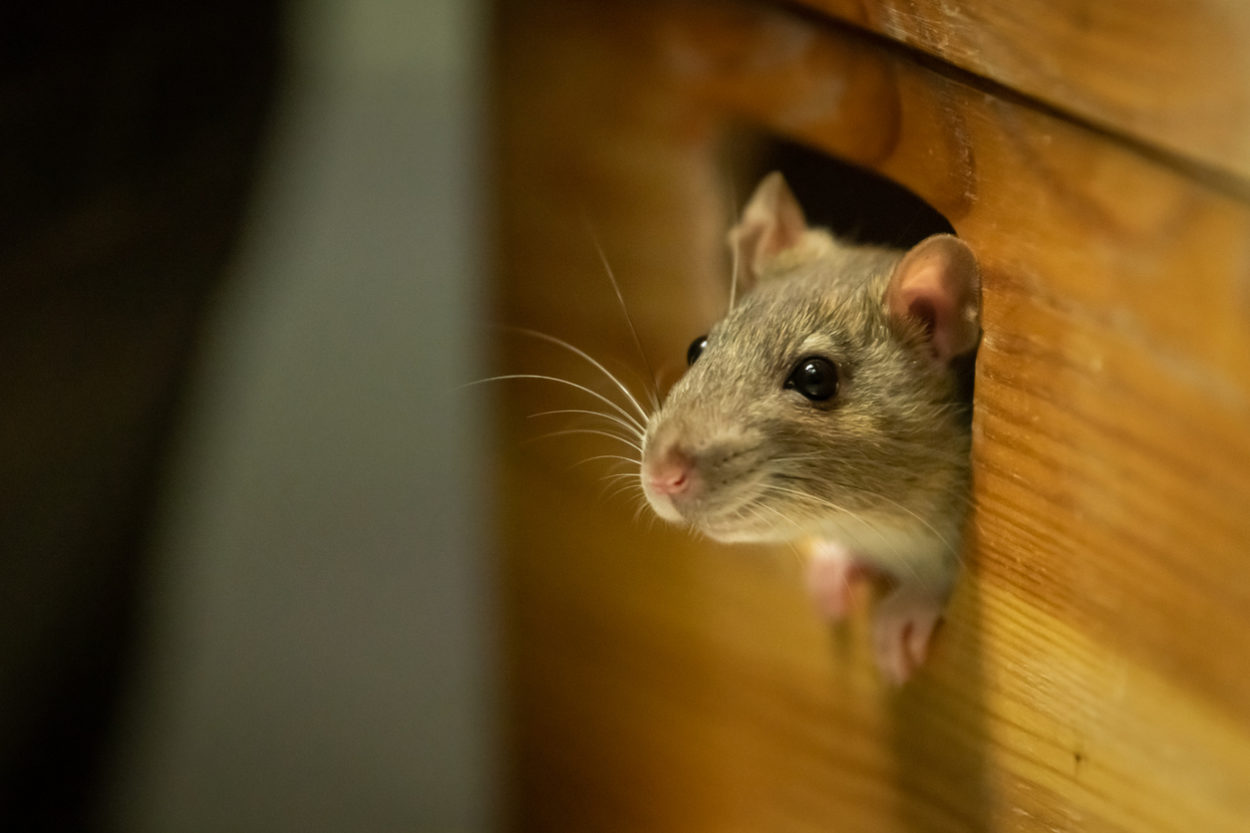
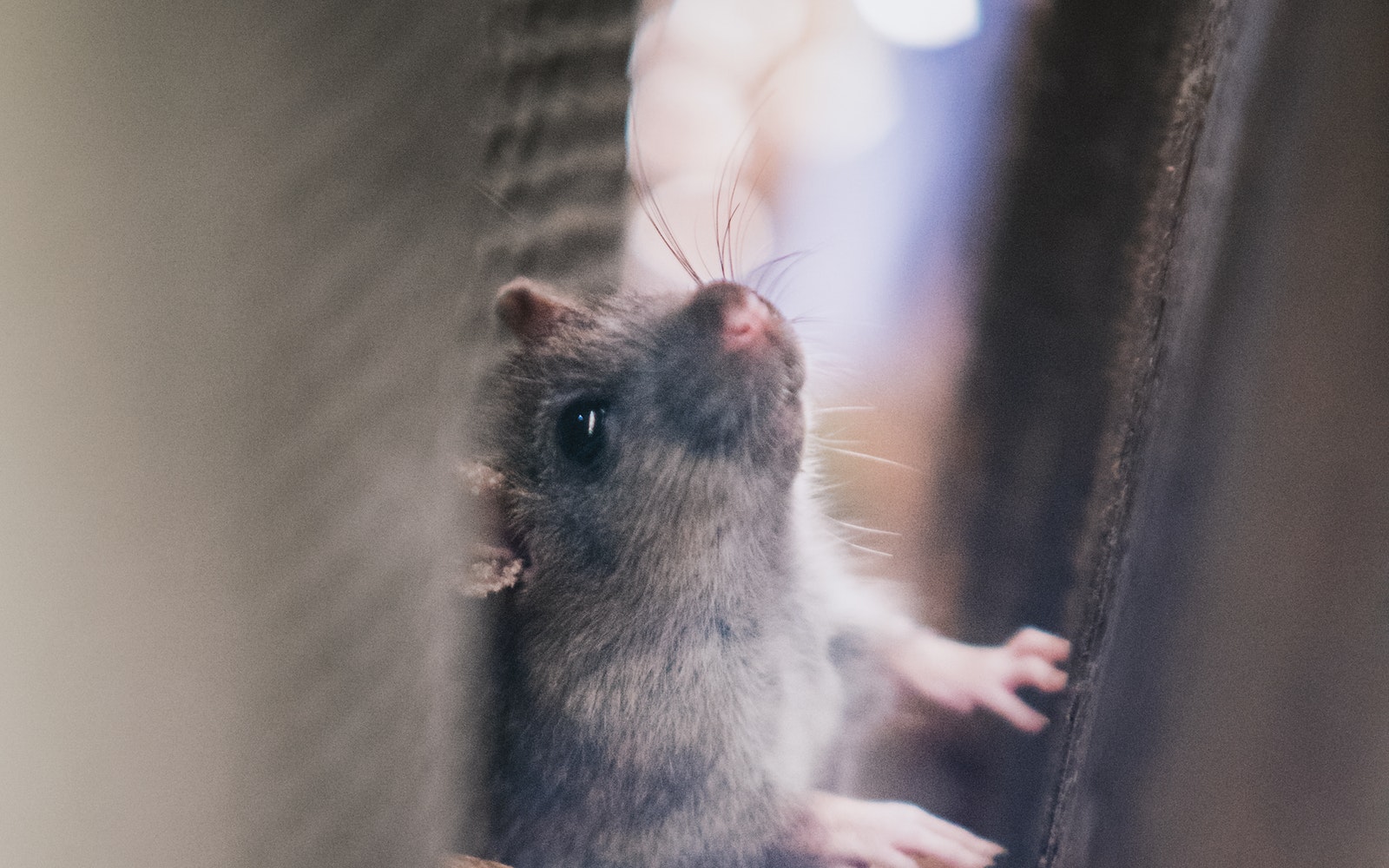
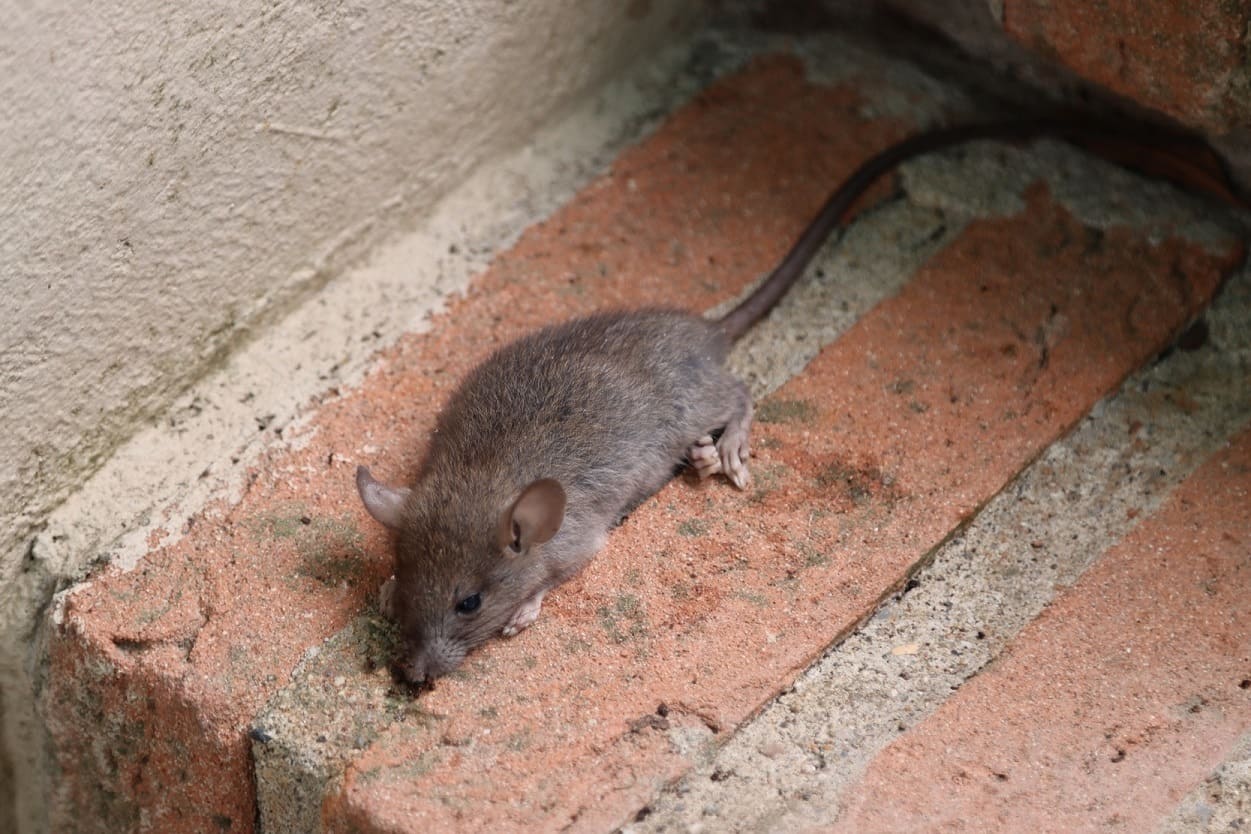
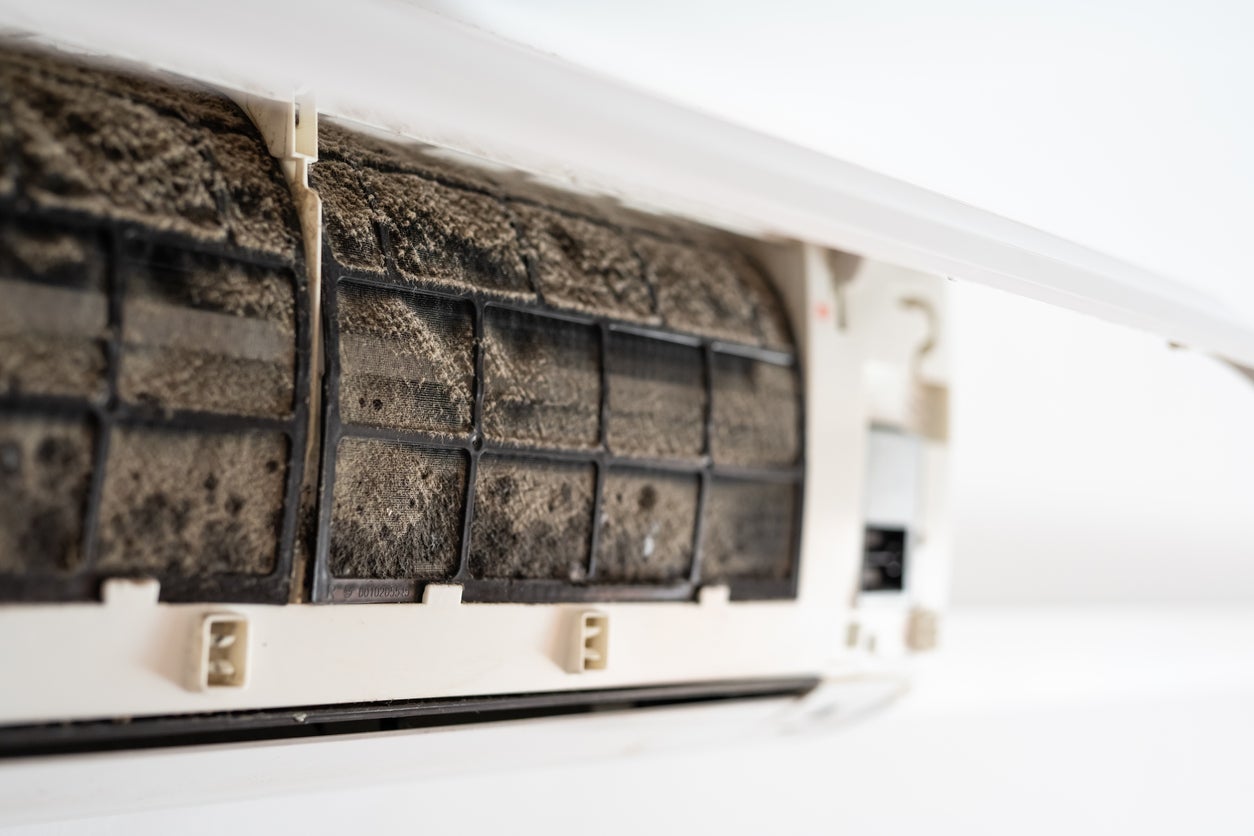
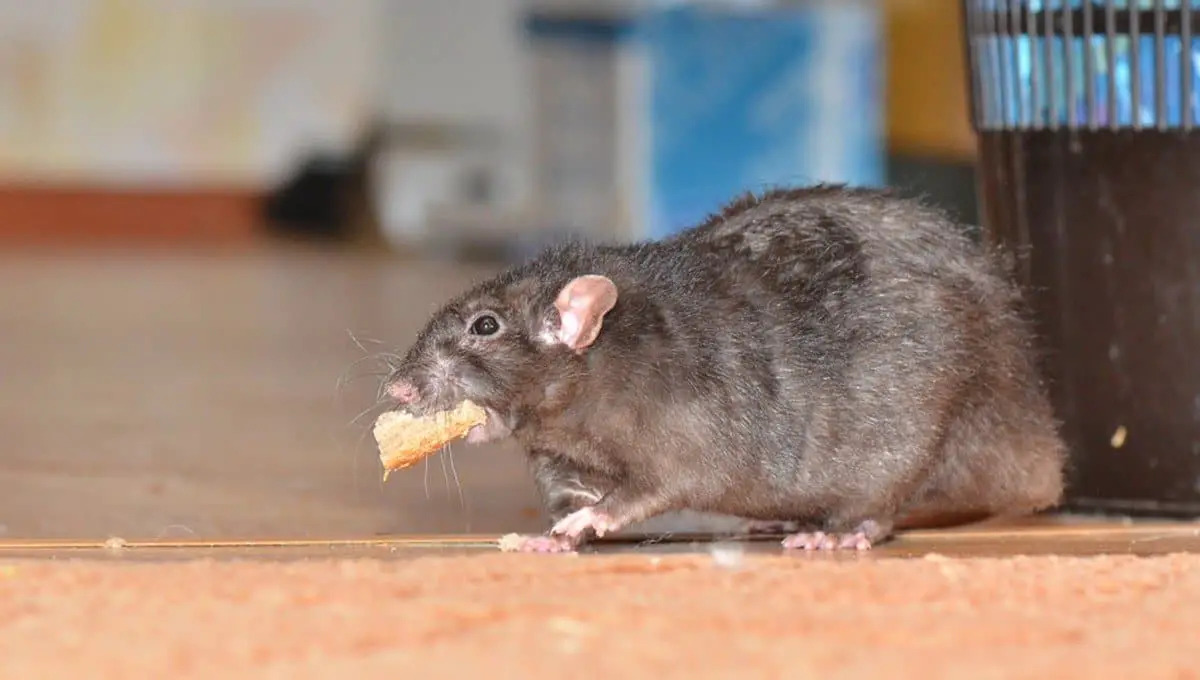
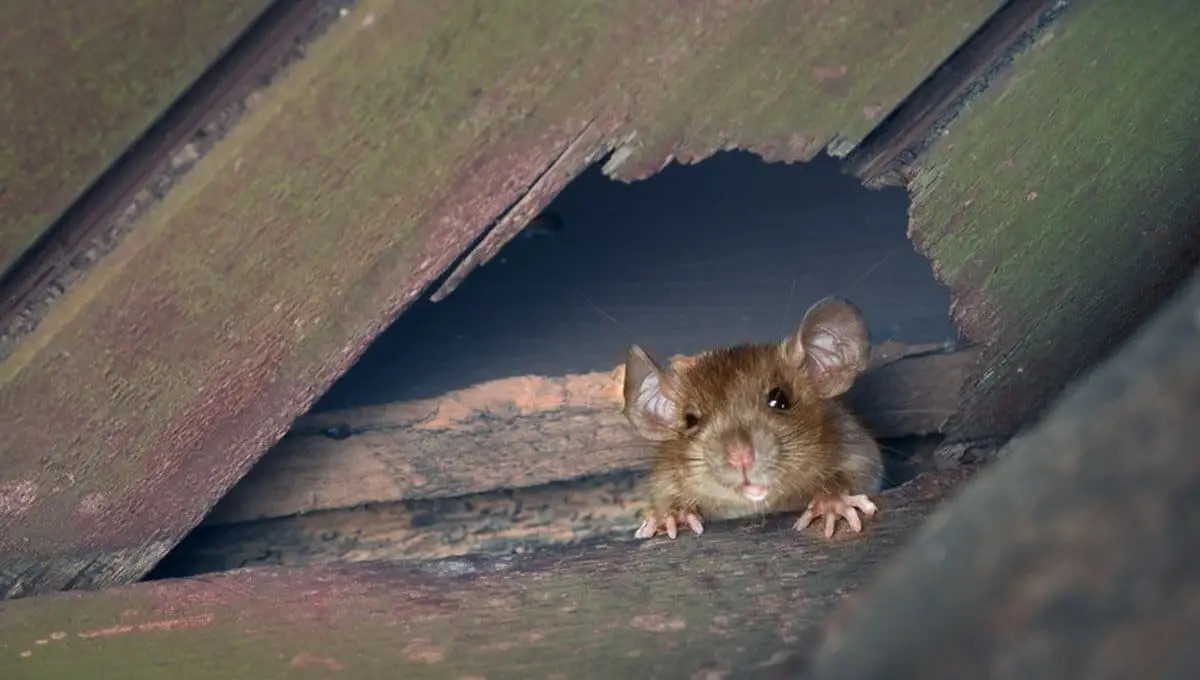
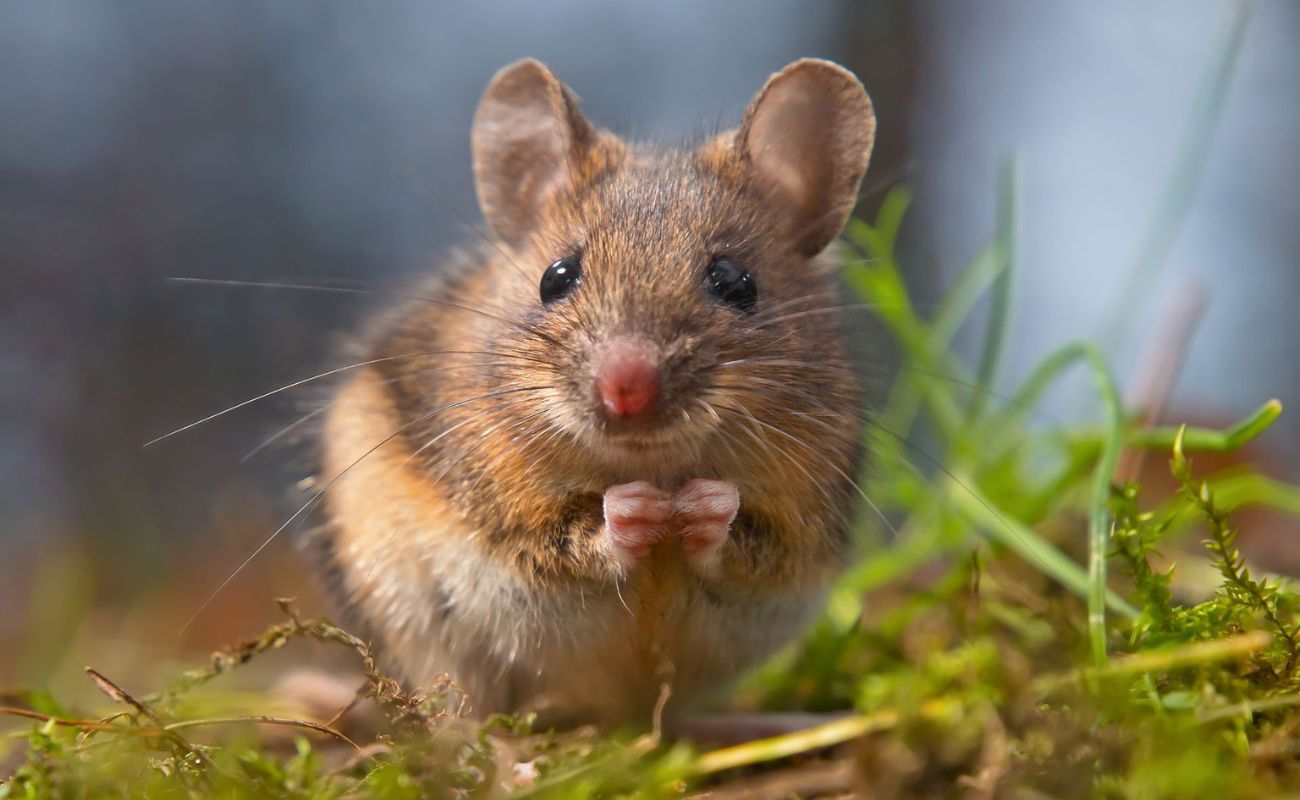
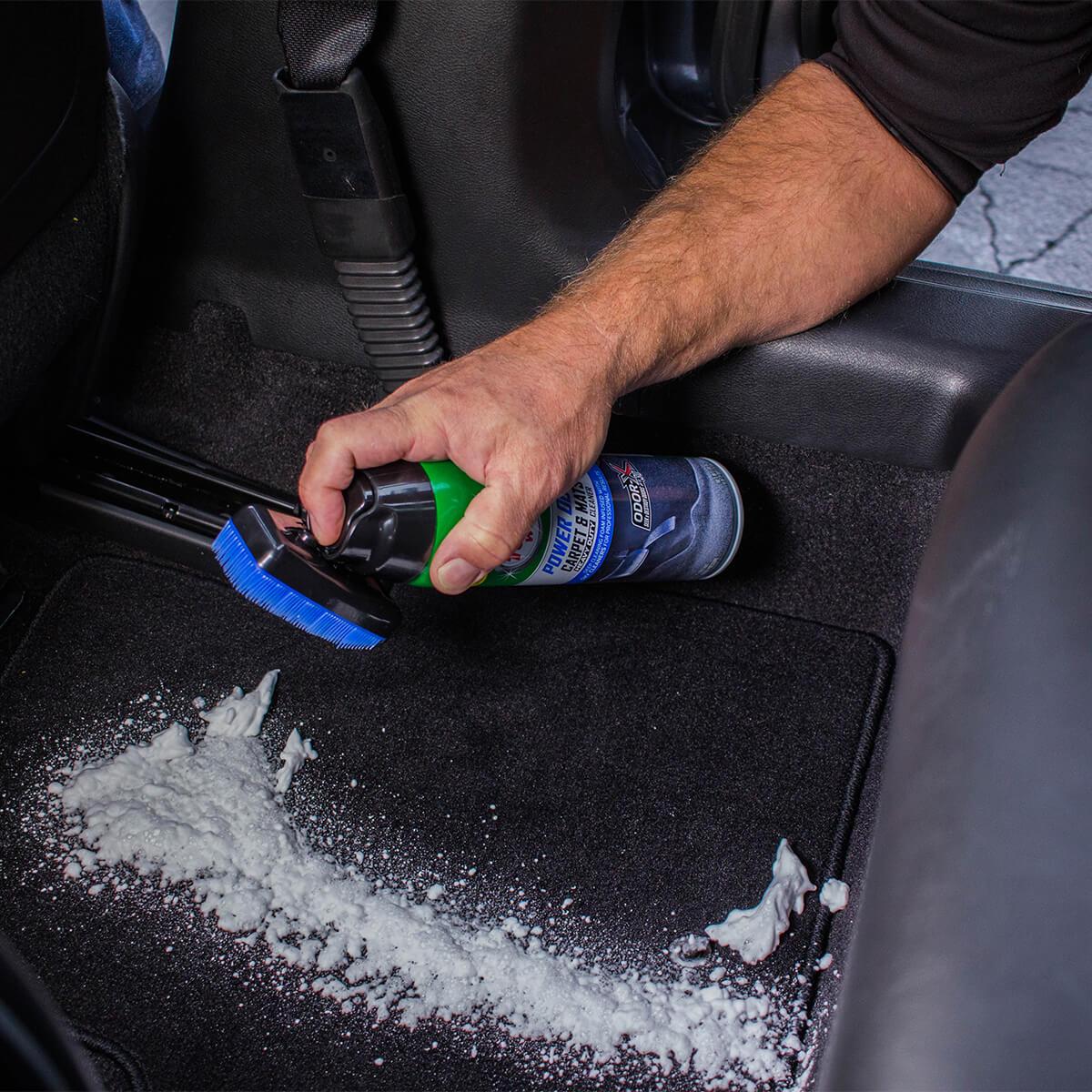
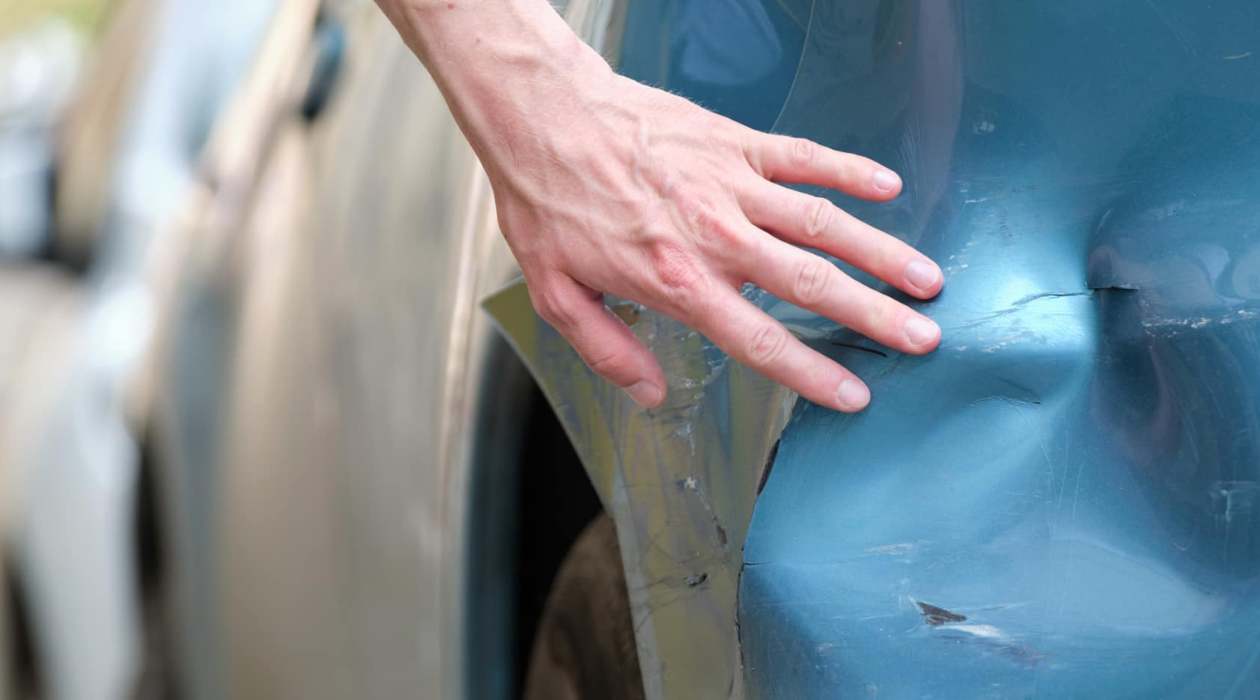
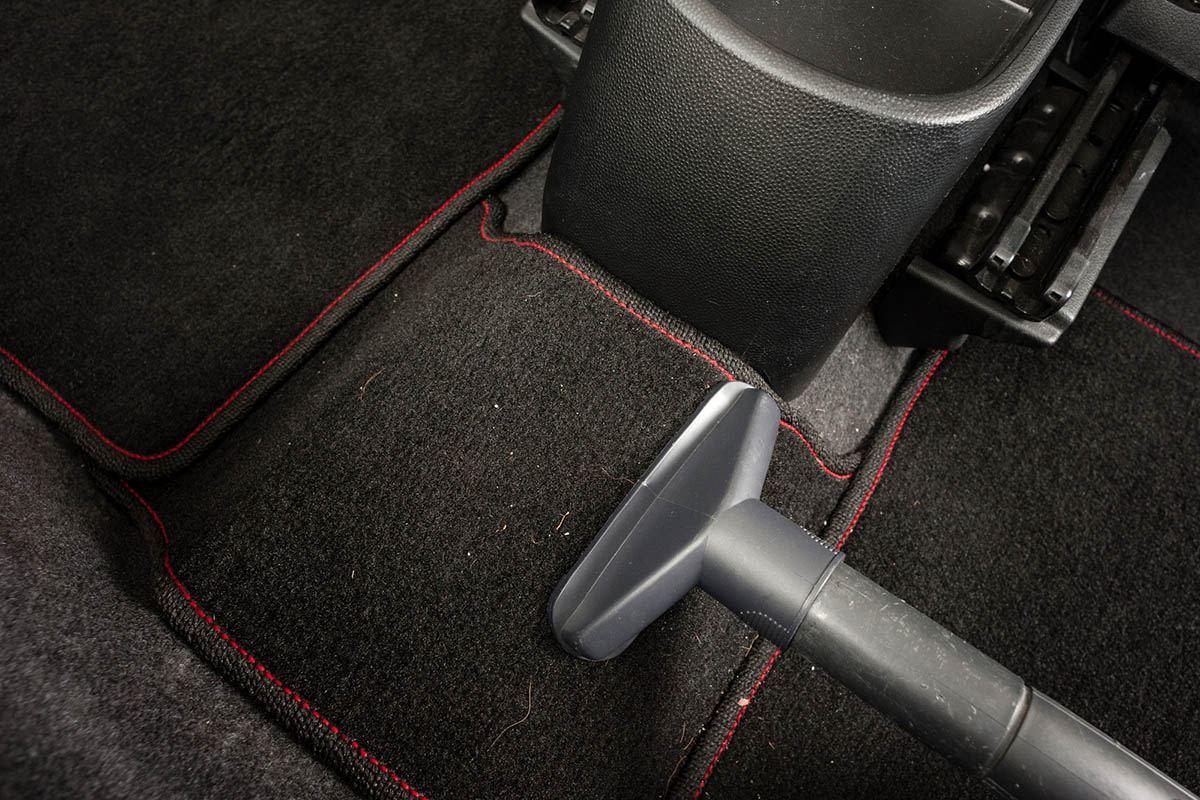



0 thoughts on “How To Get Mice Out Of Your Car’s Ventilation System”